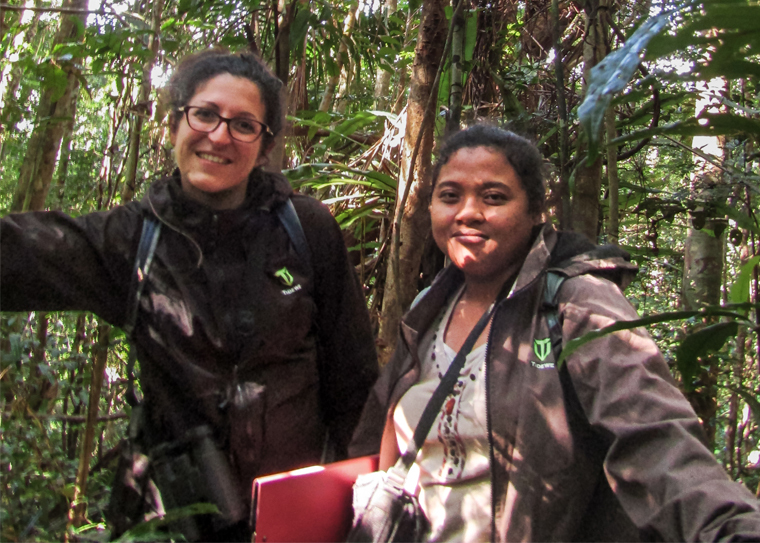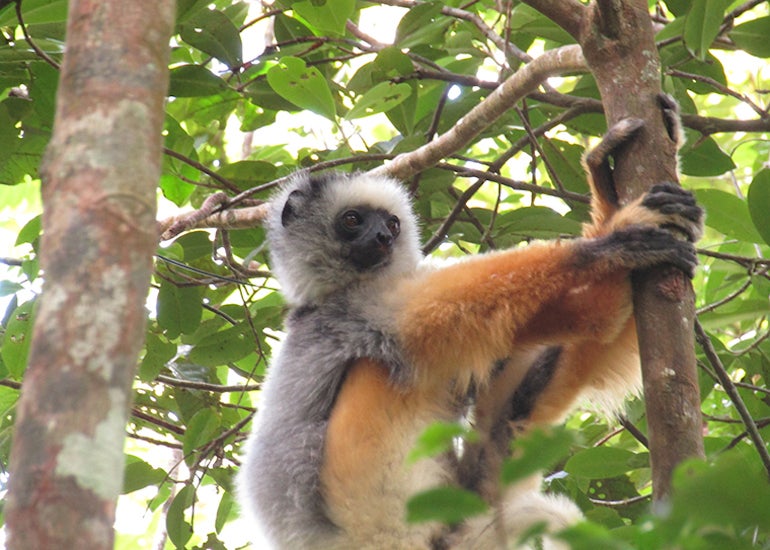What can be done when one threatened animal kills another? Scientists studying critically endangered lemurs in Madagascar confronted this difficult reality when they witnessed attacks on lemurs by another vulnerable species, a carnivore called a fosa.
This dynamic can be particularly complex when the predation occurs in an isolated or poor-quality habitat, according to research from Washington University in St. Louis and the University of Antananarivo in Madagascar.
In the new paper published in Ecology & Evolution, researchers describe how they were observing small groups of critically endangered diademed sifaka lemurs (Propithecus diadema) at Betampona Strict Nature Reserve when the predator struck.
“We were conducting our daily behavioral observations when we came across a very unusual sight — a predation attempt by a fosa, which is the biggest predator in Madagascar,” said WashU’s Giovanna Bonadonna, a postdoctoral research associate in biological anthropology in Arts & Sciences and the study’s co-first author.

“What we saw was very rare,” Bondadonna said. “There are other small carnivores in Madagascar, but they are not big enough to be able to prey upon an adult diademed sifaka because they are among the biggest lemurs. There are not so many predators that could actually get them.”
With slender bodies and long tails, fosas (or fossas, Crytoprocta ferox) have many cat-like features. They are great climbers and are sometimes compared to small cougars, though they are actually part of the weasel family.
